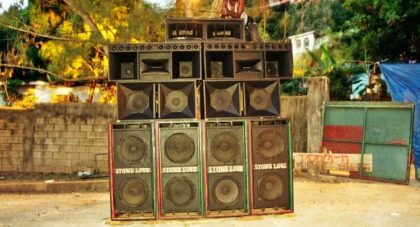The arrival of Sonic Youth's Battery Park NYC comes as an opportunity to consider a moment when a previous era was still visible in its twilight—a recent past nevertheless obscured by its break with the present—and to consider what, if any, possibilities for a future of music in opposition . . .
Only the good shit. Aquarium Drunkard is powered by its patrons. Keep the servers humming and help us continue doing it by pledging your support.
To continue reading, become a member or log in.


